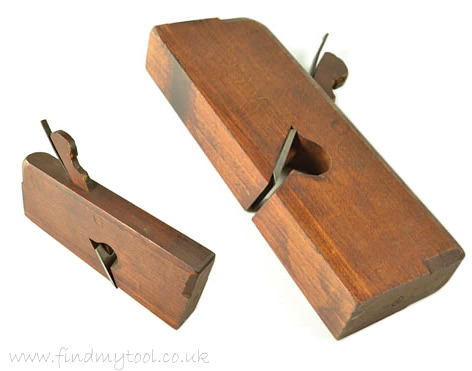Wizard9999
Established Member
I followed the link in the latest Rutlands sale mail shot (I know, I know, but we have covered that tin spades before) and was looking at the low angle rebating block plane. As a bit of a novice maybe I am mistaken, but my thinking is that as I have neither a low angle block plane or a shoulder plane this may be an economical way to fill a gap in my tool inbpventory. I am sure two dedicated planes are better but as I say, economical.
There has been talk in the past about Qiangsheng vs Quangsheng from Workshop Heaven. The suggestion if I recall is that they are from the same factory and that Rutland takes a version of the planes with a lower bar set for quality control than the Workshop Heaven version. However, having taken a close look at the pictures of the two planes on the respective sites there appears to be at least one difference.
The Rutlands plane appears to mount the blade on the actual threaded adjusting screw just in front of the knurled knob you turn to advance the blade, the part of the plane the blade rests on near the adjusting wheel is fixed. On the Workshop Heaven plane the blade has slots cut into it (not on the Rutlands blade) which drop on to two projections on the part the blade rests on, this part is two piece with the part the blade is attached to sliding in a second part.
Maybe not well described, but a quick look at these two pages may make it clearer:
Rutlands (see first image): http://www.rutlands.co.uk/sp+qiangsheng ... ane+DK1335
Workshop Heaven (again first image): http://www.workshopheaven.com/quangshen ... ype-3.html
Any thoughts on the respective merits of the two different approaches?
Given these differences it leads me to think that maybe there may be other differences between the planes, but I can't spot anything other than the colour of some parts.
Terry.
Edit: just looked at the Lie Nielsen rebating block plane (not low angle) and the mechanism appears to be the same as the Rutlands one, so I guess that cannot be an altogether poor design.
There has been talk in the past about Qiangsheng vs Quangsheng from Workshop Heaven. The suggestion if I recall is that they are from the same factory and that Rutland takes a version of the planes with a lower bar set for quality control than the Workshop Heaven version. However, having taken a close look at the pictures of the two planes on the respective sites there appears to be at least one difference.
The Rutlands plane appears to mount the blade on the actual threaded adjusting screw just in front of the knurled knob you turn to advance the blade, the part of the plane the blade rests on near the adjusting wheel is fixed. On the Workshop Heaven plane the blade has slots cut into it (not on the Rutlands blade) which drop on to two projections on the part the blade rests on, this part is two piece with the part the blade is attached to sliding in a second part.
Maybe not well described, but a quick look at these two pages may make it clearer:
Rutlands (see first image): http://www.rutlands.co.uk/sp+qiangsheng ... ane+DK1335
Workshop Heaven (again first image): http://www.workshopheaven.com/quangshen ... ype-3.html
Any thoughts on the respective merits of the two different approaches?
Given these differences it leads me to think that maybe there may be other differences between the planes, but I can't spot anything other than the colour of some parts.
Terry.
Edit: just looked at the Lie Nielsen rebating block plane (not low angle) and the mechanism appears to be the same as the Rutlands one, so I guess that cannot be an altogether poor design.


































